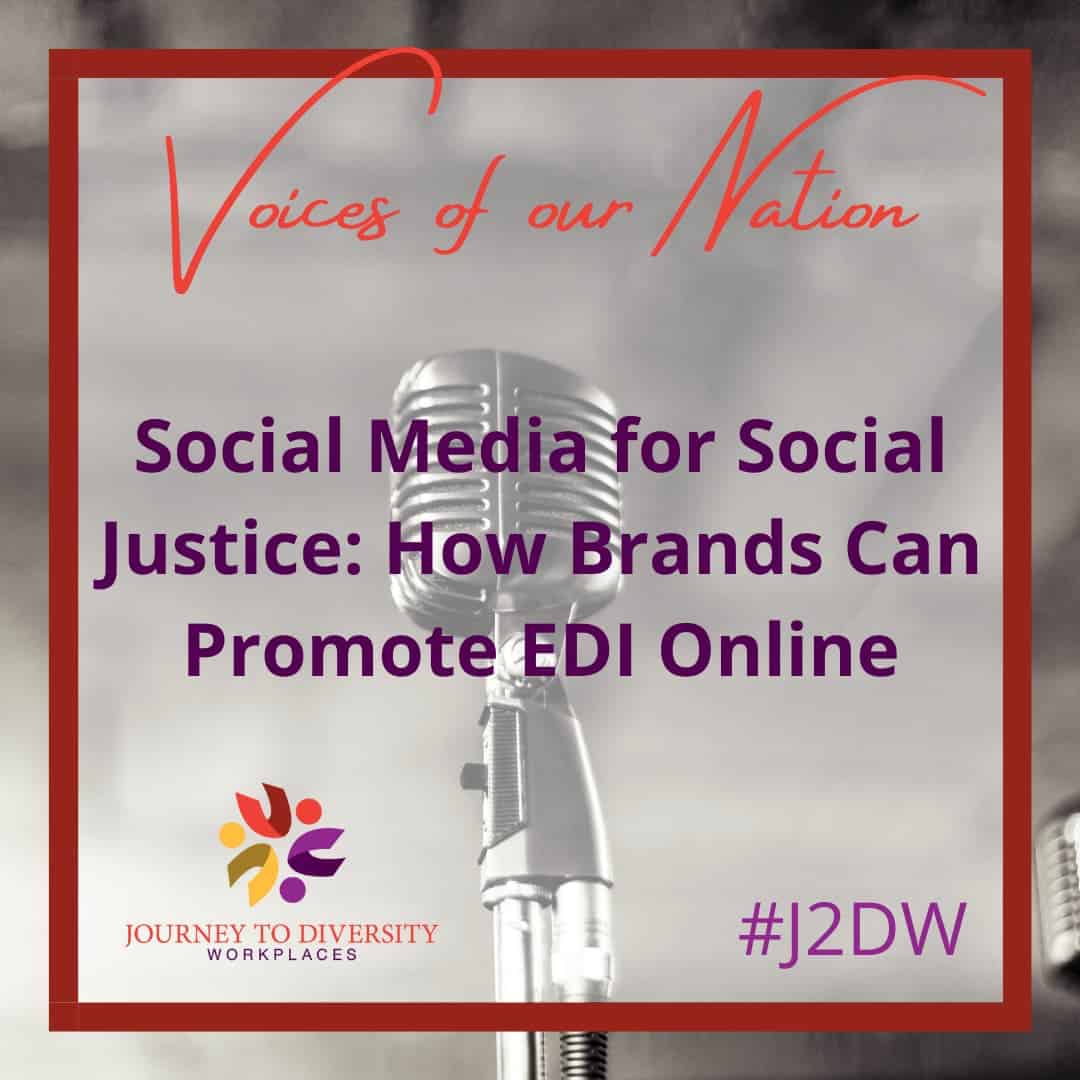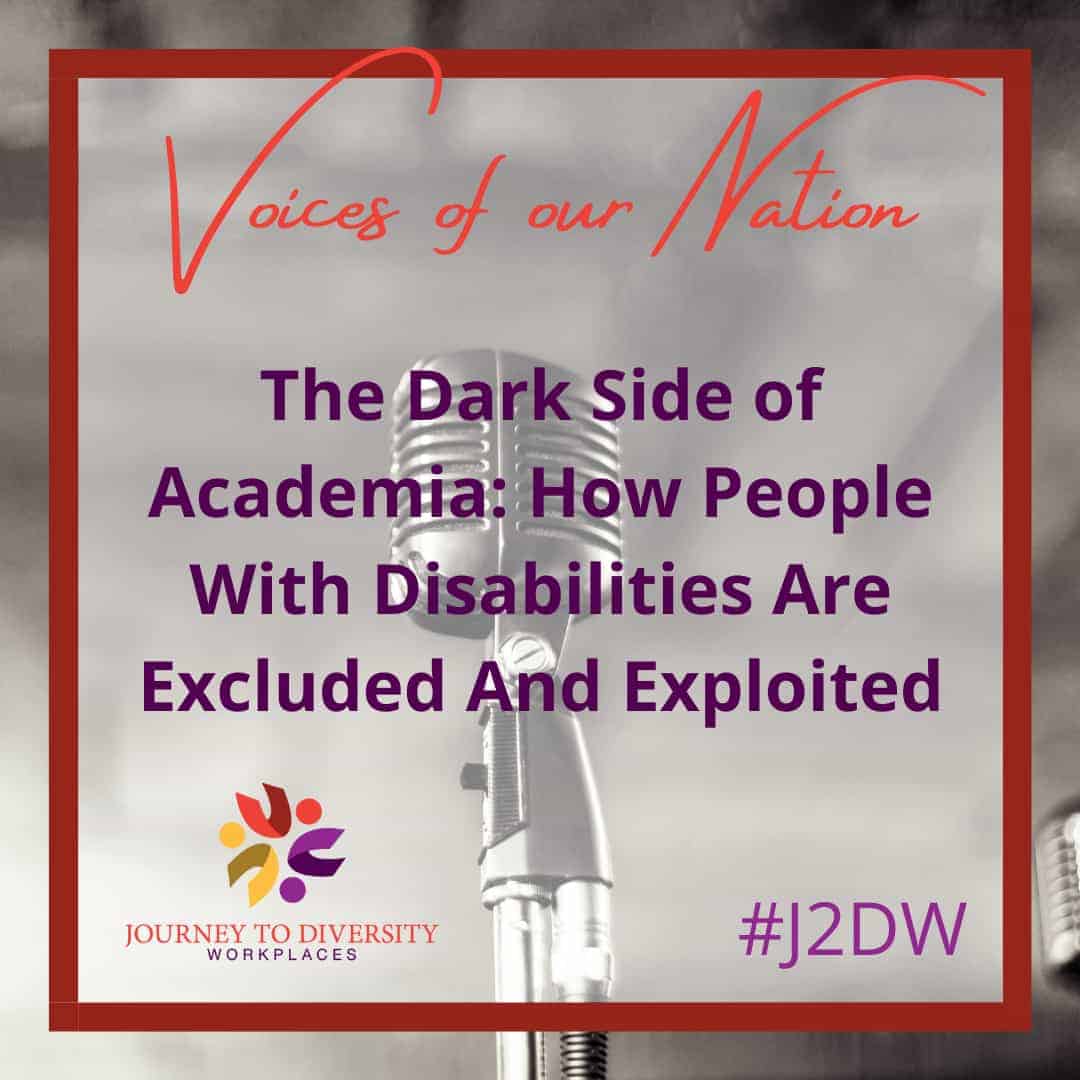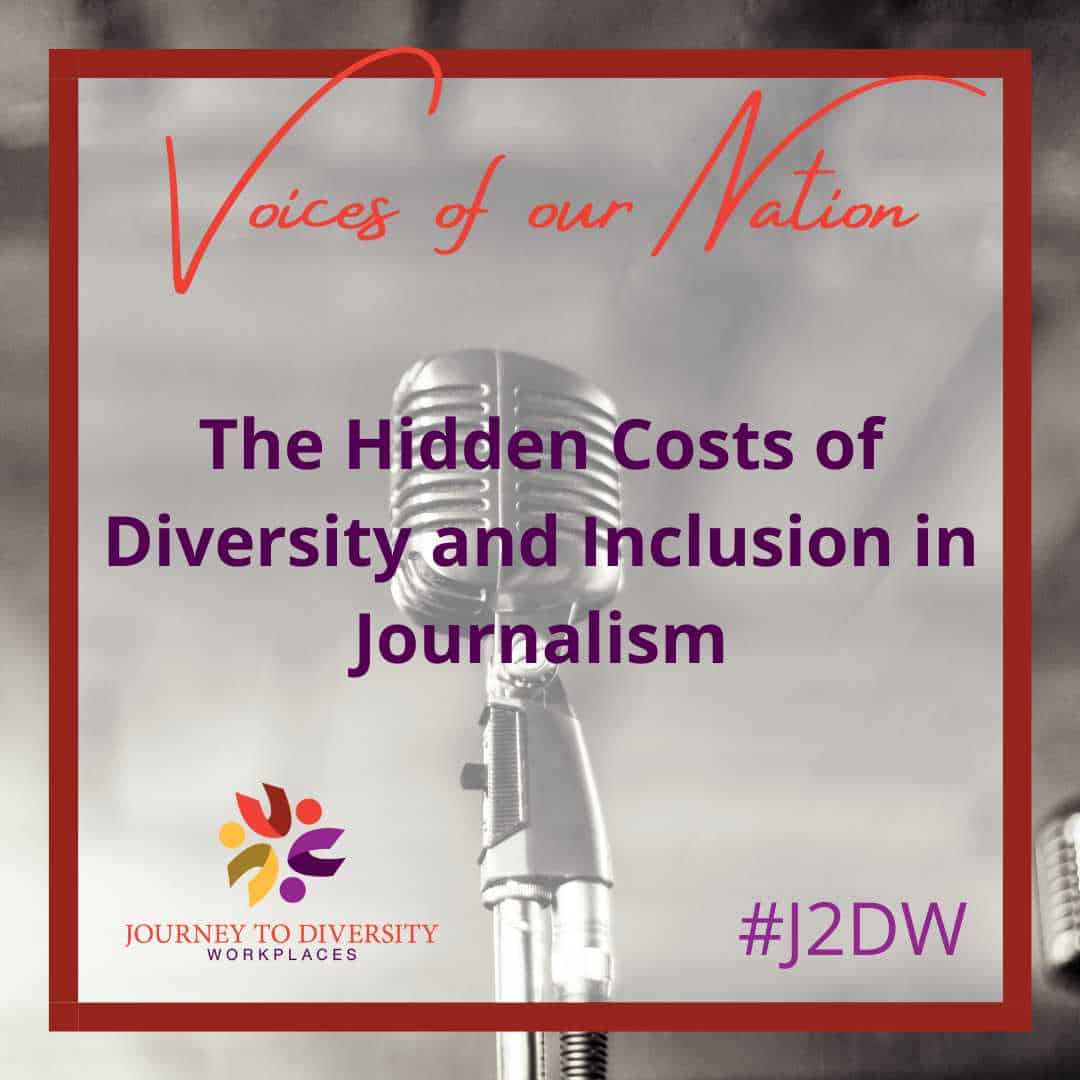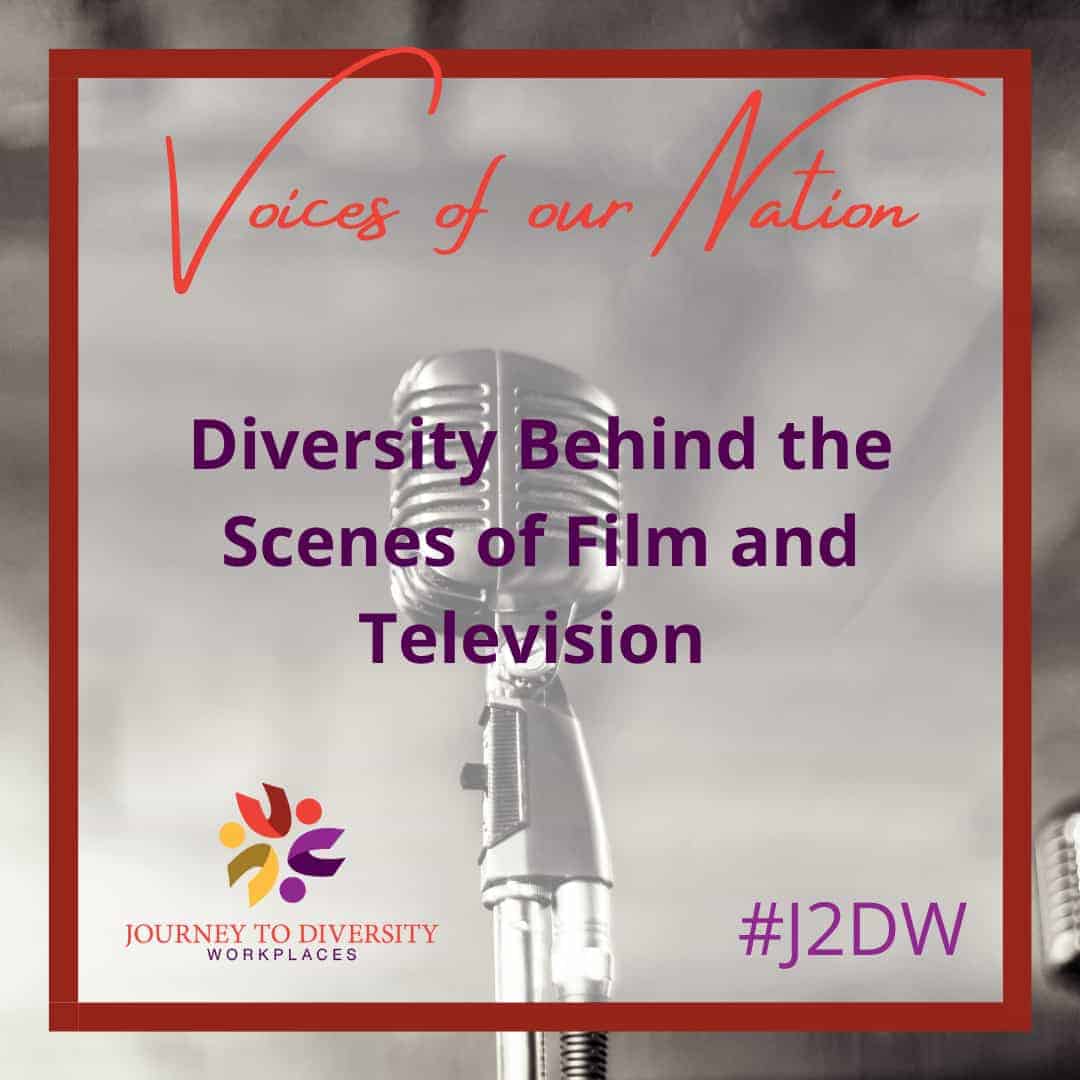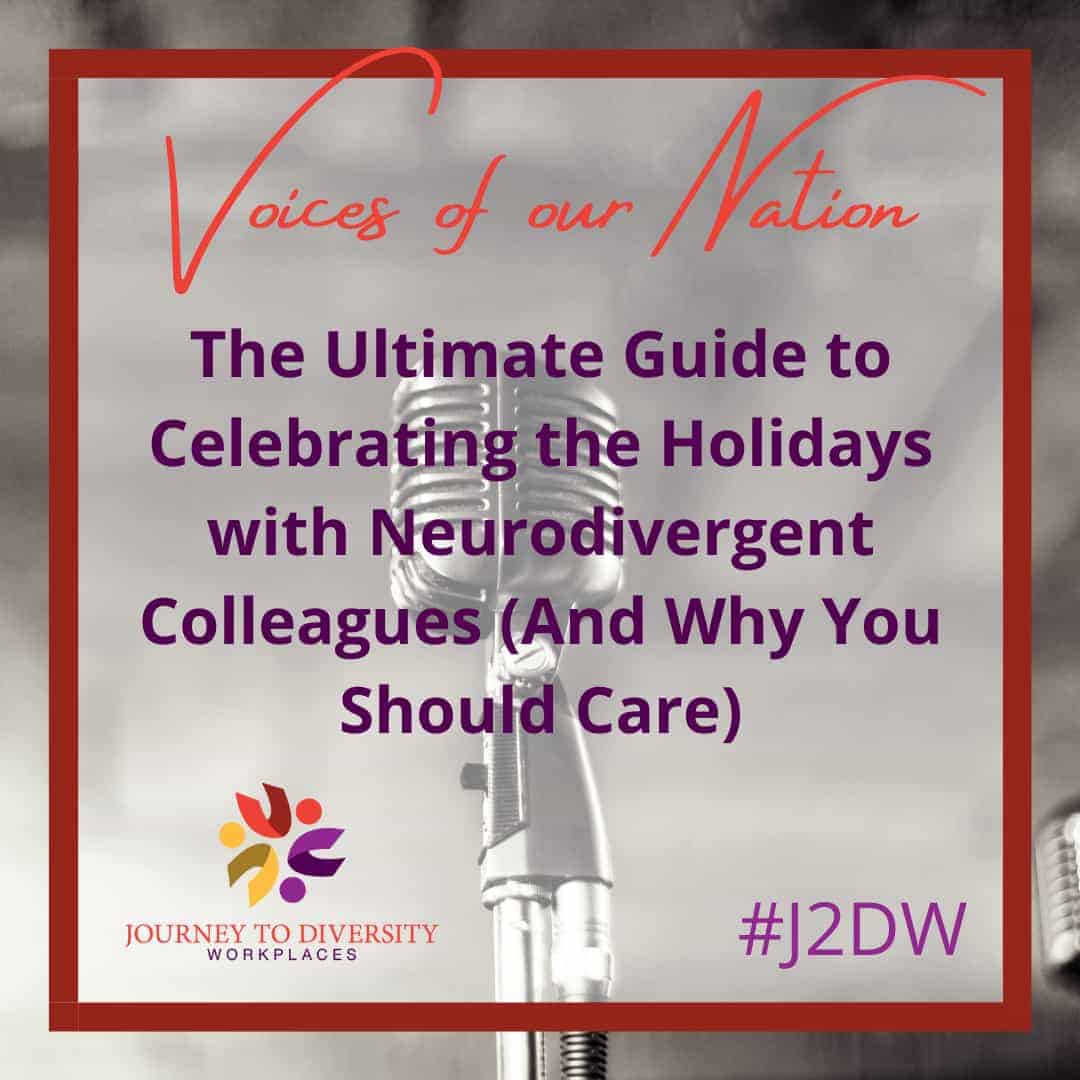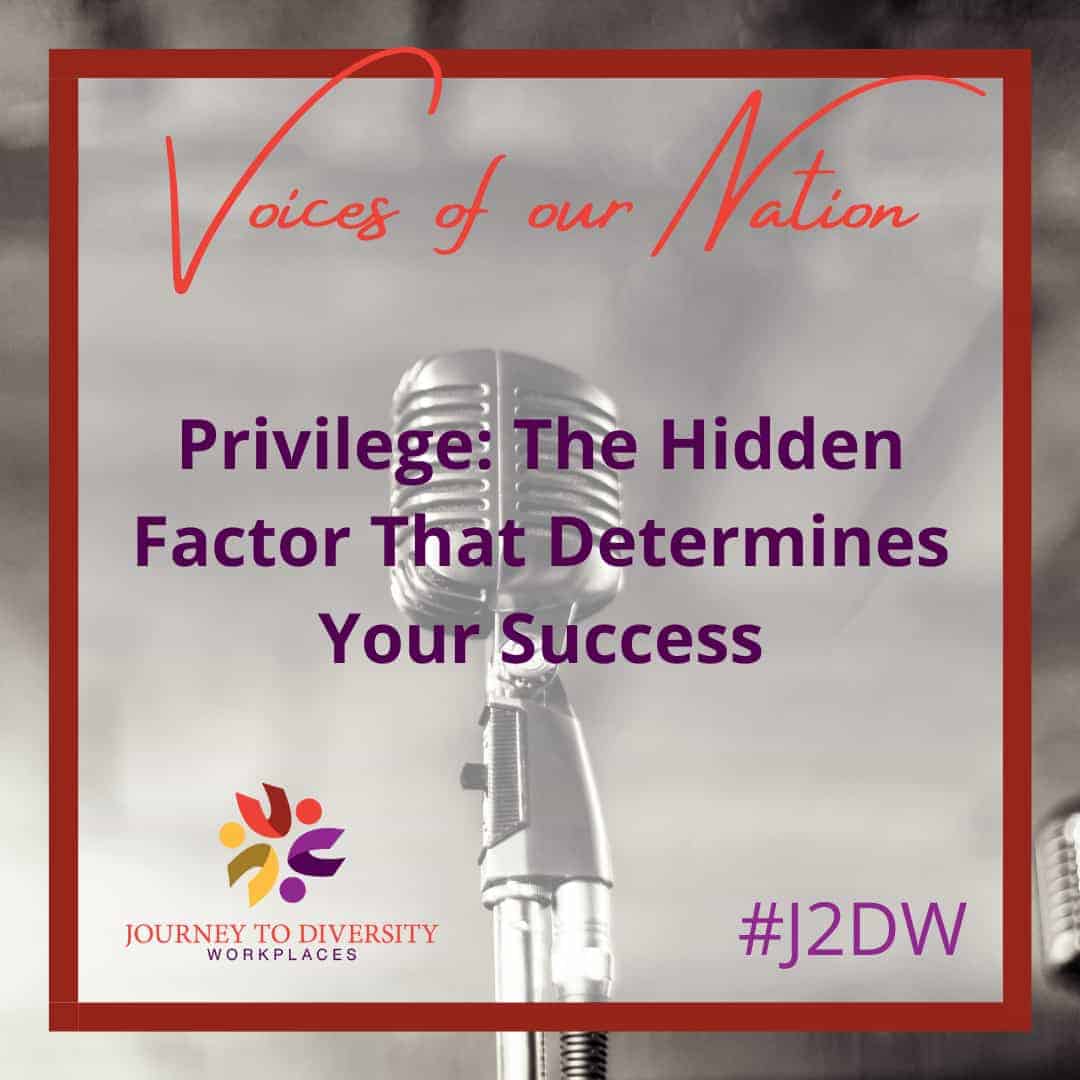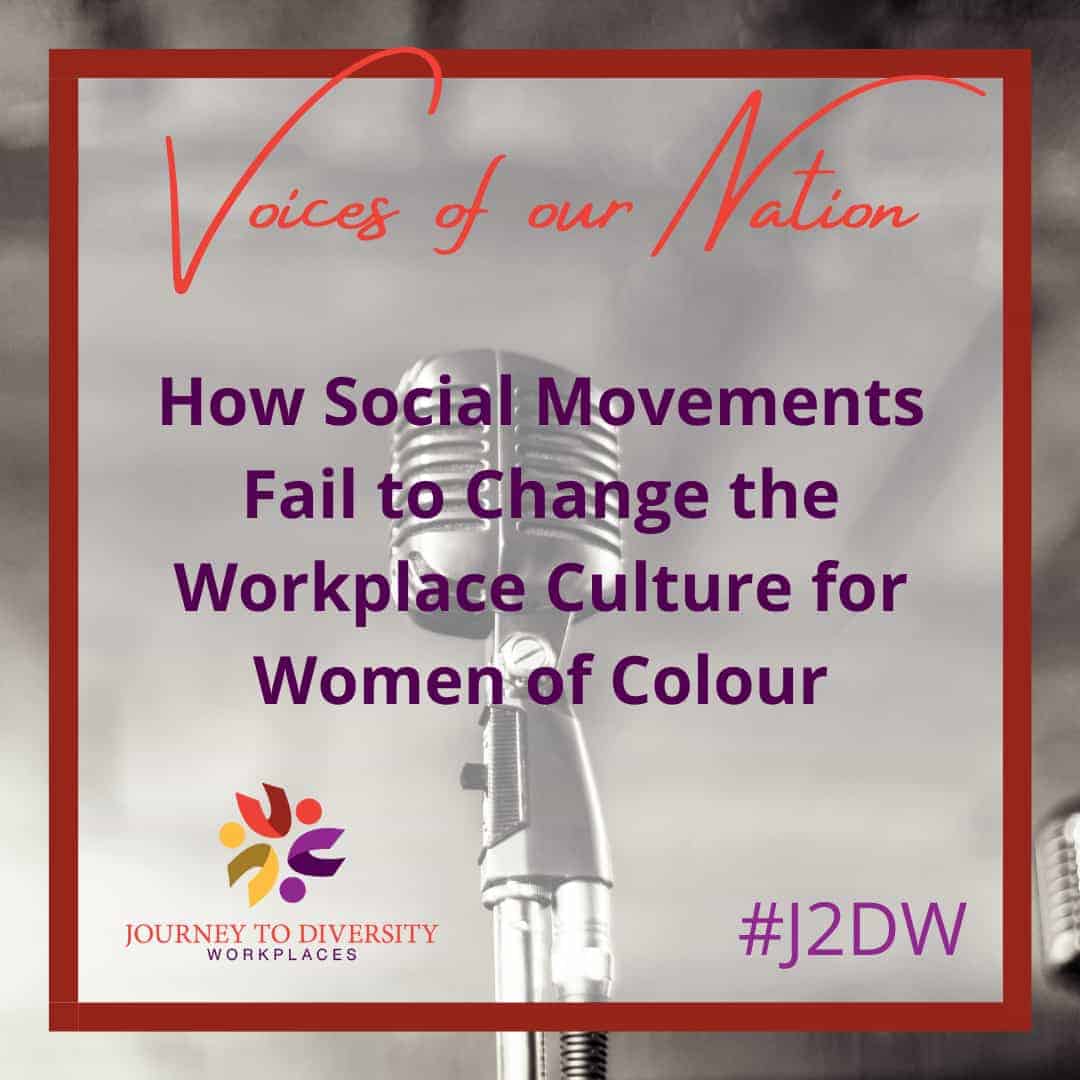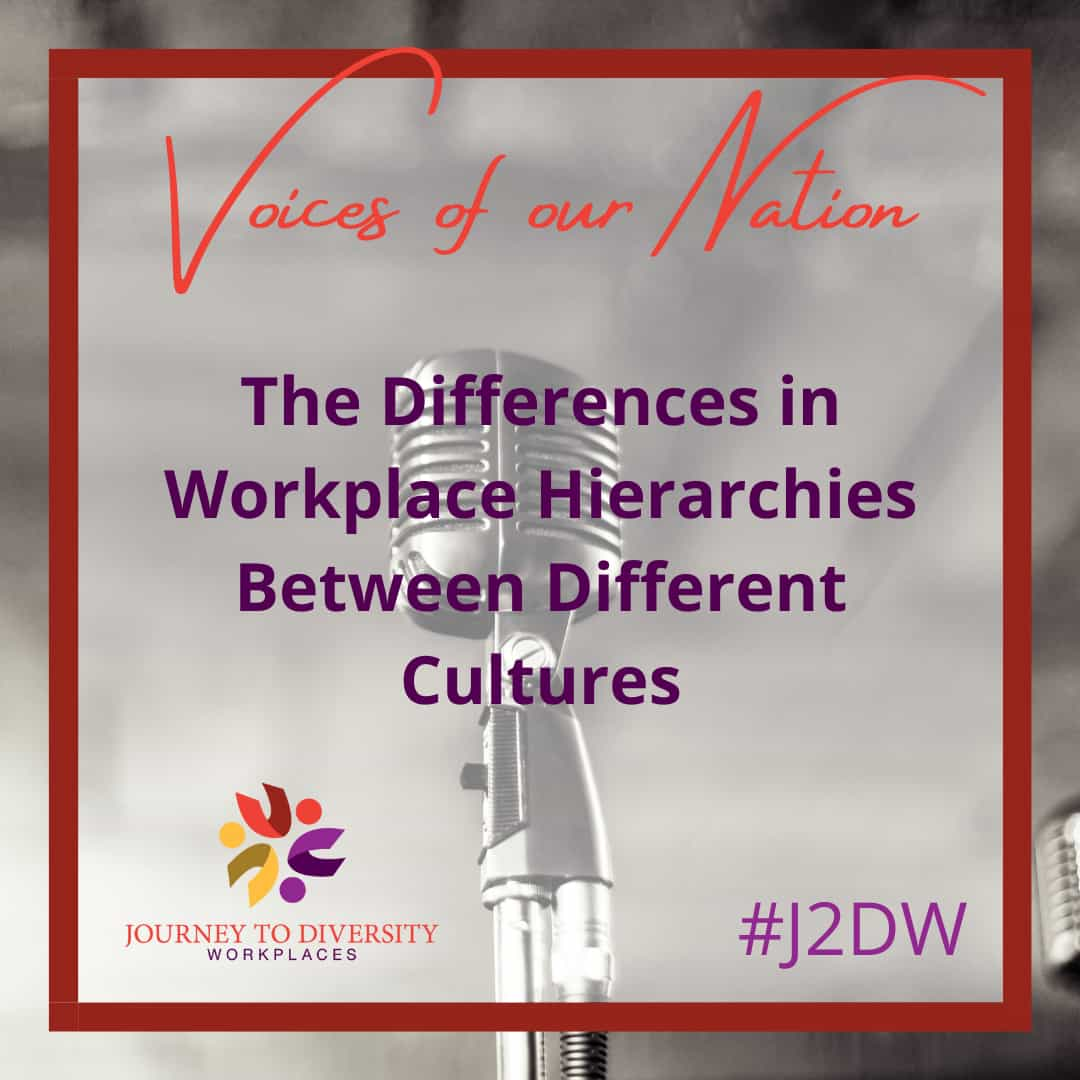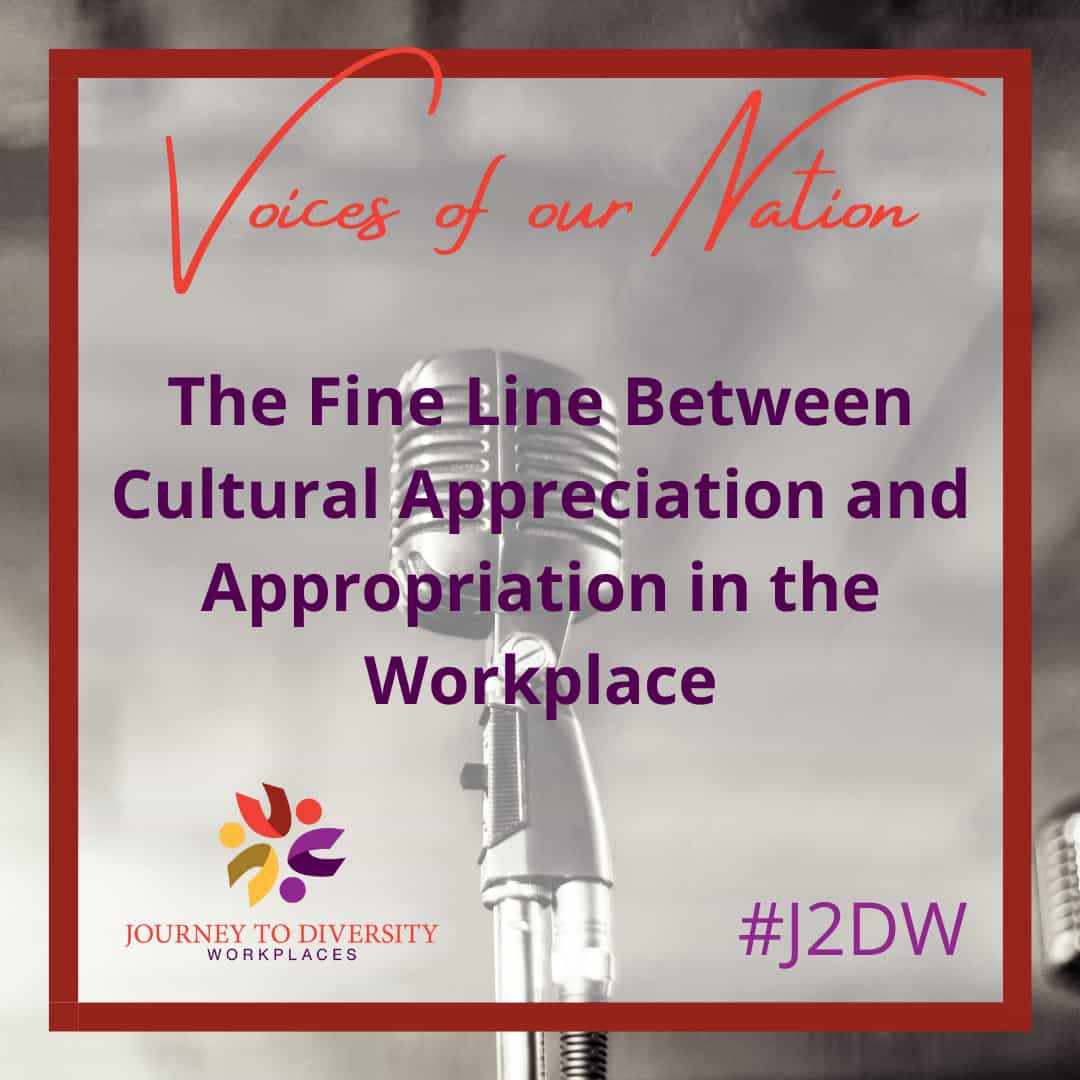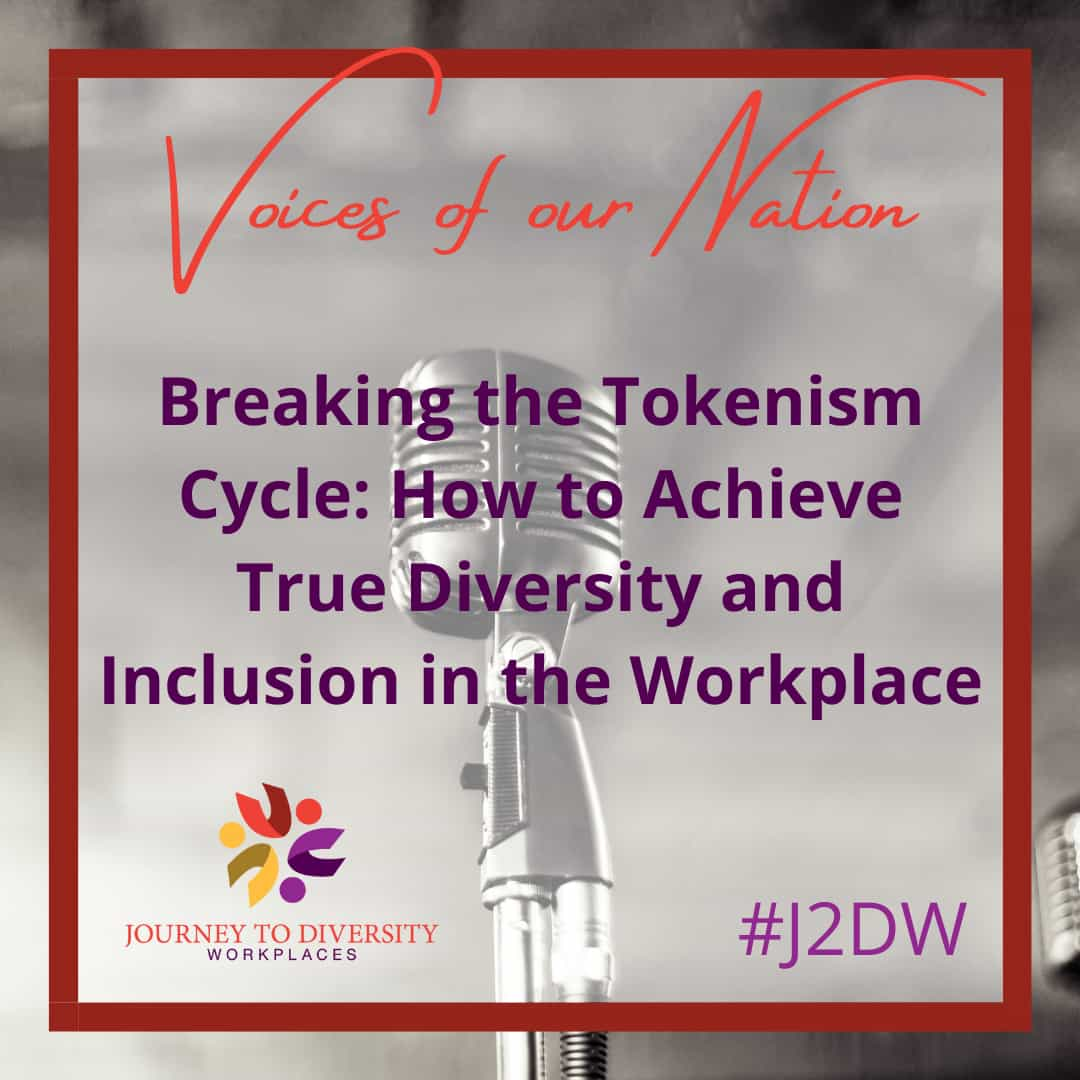Is it my merit or my identity? Is it my responsibility to educate? If not me, then who? If not now, then when? Are my skills of enough value, or is my intersectionality the defining factor for my success? If you have ever looked around your office and failed to identify anyone else that looked like you, these anxieties likely keep you up at night, circling the drain in an endless loop of self-doubt. Sometimes it’s quite empowering to be reminded of the difference that your identity brings to the table, but when you’re the only one bringing in that variance, you start to feel more like an anomaly than a success story.
The ever-growing discussion of inclusion and diversity in professional settings aims to give individuals in minority groups the opportunity to achieve the same level of success as the majority, create a safe, inclusive working environment, and develop a holistic view toward problem-solving. With an array of experiences, cultures, ideas, and styles of thought, employees and employers are forced to consider a multitude of ways to approach a situation, have an awareness of their personal biases and blindspots, and thus, can better decide on a plan of action that supports a larger demographic.
Most of us, however, are simply cradling this perfect dream in our minds. More often than not, it is proven time and again that companies vocalize their value for EDI, only for it to be a facade full of reverence and insincerity. Hiring individuals, usually from minority groups, for the sake of an appearance of diversity in the workplace is a term coined as ‘tokenism’ (Sherrer, 2018). This practice can be harmful as it insinuates an ingenuity from the company’s efforts to diversify its team and creates a dissonance between employees that are minorities and their employers.
A study by Hilton Kelly regarding racial tokenism that Black people experience in a school workplace setting introduces the idea of feeling like a “pink poodle” and the overwhelming demand to be engrossed in racial-based chatter (Hilton Kelly, 2007). Here, the “pink poodle” metaphor refers to the ‘deer in the headlights’-like feeling of being exposed, under a spotlight, different, when, for instance, you gather outside the school for a fire drill or sit in a school-wide assembly (Hilton Kelly, 2007). Teaching in predominantly white schools, the two Black teachers, Shelia and Timothy, resonate with the “pink poodle” feeling, but continue to stay despite the apparent tokenism because ‘if not us, then who? If not here, then where?’ – a common string tethering many minorities to their white, cis-gendered workplace environments. When expressing their thoughts on the obvious, racially-driven conversations about ‘the documentary about Africa’ or new developments in neighbouring ‘urban cities’ from coworkers, they reason that “you can legislate behaviours, but you can’t legislate attitudes” (Kelly, 2007).
Although these are only a few specific stories of individuals who have taken on the burden of tokenism in their place of work, countless other such reports exist, and each person’s experience and attitude toward it may vary. While facing internal battles of self-worth, minorities face heavy topics regarding race, gender, culture, and sexuality– matters of conversation never expected of their white, cis-gendered counterparts– and, consequently, carry the pressure to address and speak for their entire community appropriately. The social climate vehemently critiques people of colour (POC), women, LGBTQ+ individuals, and other marginalized or racialized groups for being ‘political,’ possibly because their existence simply questions numerous political and social ideologies. Similarly, on a smaller scale, this mindset is carried out in work environments, usually subconsciously, when small talk becomes a discussion about the Indigenous housing crisis and the new laws against transgender healthcare.
To bring forth change, companies must consider the significance of equity, diversity and inclusion (EDI) and practice it while recruiting new employees, engaging with current employees, and restructuring oppressive systems in the workplace (Sherrer, 2018). Respecting employees as people rather than viewing them as the spokespeople for a community is the most basic requirement for EDI. Hiring a more diverse workforce and actively illustrating that the company values the diversity of its employees suggests their willingness to learn and grow alongside their team rather than to meet a diversity quota. When diversity becomes a duty, it inches closer to becoming an act, whereas a genuine regard for equity and inclusion will always lead to a fulfilling work experience.
References
Kelly, H. (2007). Racial Tokenism in the School Workplace: An Exploratory Study of Black Teachers in Overwhelmingly White Schools, Educational Studies, 41:3, 230-254, DOI: 10.1080/00131940701325712
Sherrer, K. (2018, February 26). What is tokenism, and why does it matter in the workplace?. Vanderbilt University Owen Graduate School of Management. https://business.vanderbilt.edu/news/2018/02/26/tokenism-in-the-workplace/
This article was written by summer student Ilesha Prabhudesai. This article was funded by the Government of Canada.

